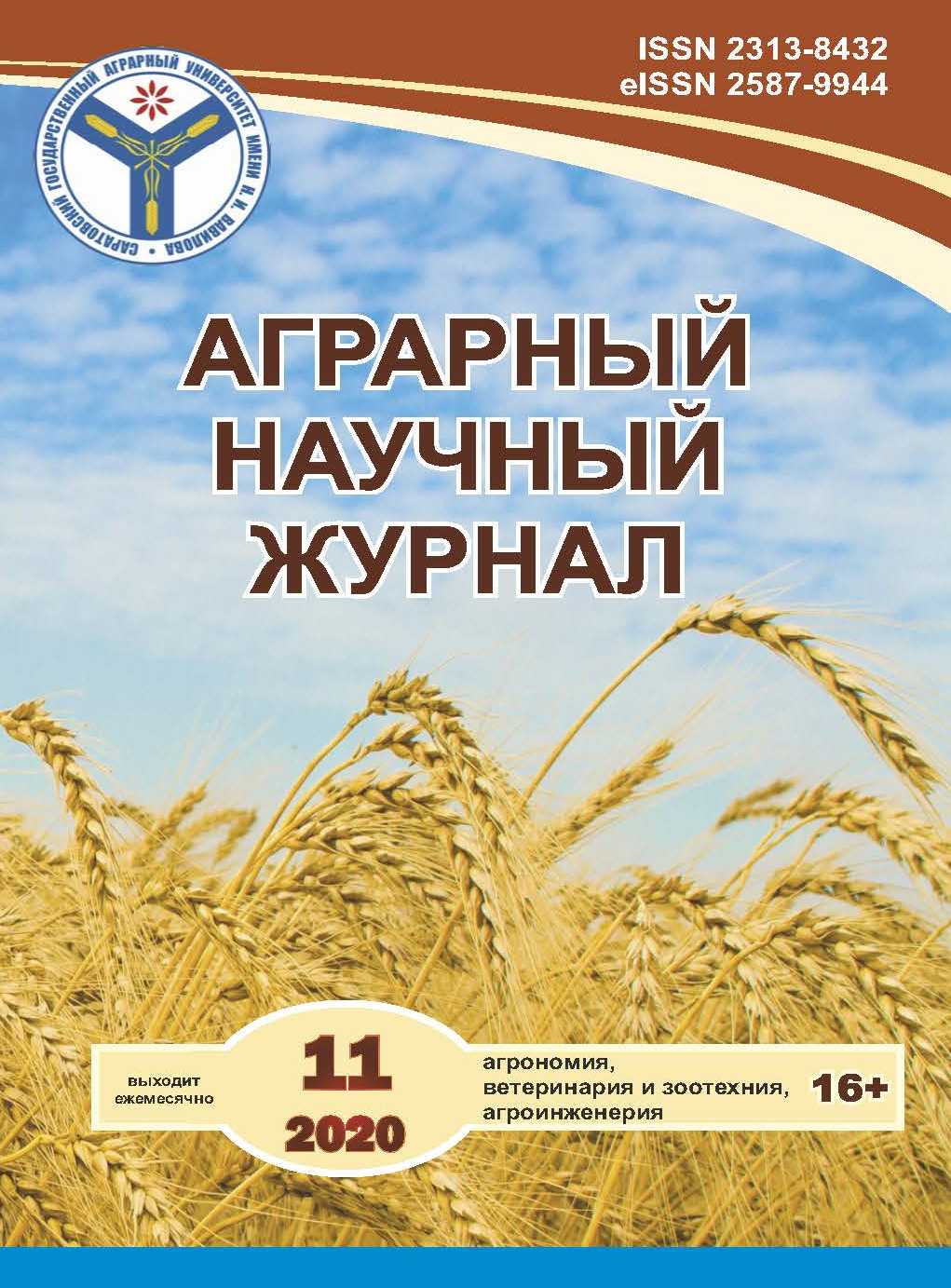Effect of the combined use of phytohormone-producing bacteria and Chistalan herbicide on the physiological and morphological parameters of wheat plants
DOI:
https://doi.org/10.28983/asj.y2020i11pp67-70Keywords:
plant hormones, chlorophyll, anthocyanins, malondialdehyde, herbicide stress, wheat, rhizospheric bacteriaAbstract
Results of the treatment with bacteria producing phytohormones, and herbicide-tolerant on physiological and morphological parameters of wheat plants with simultaneous exposure to Chistalan herbicide are presented. Strains of Pseudomonas sp. DA1.2 and P. koraiensis IB-4 prevented the suppression of plant growth, caused the redistribution of auxins between in favor of escape and a decrease in the content of ABA in the roots of wheat plants against the action of the herbicide Chistalan. The bacteria had a positive effect on the photosynthetic apparatus and reduced the development of oxidative stress caused by the herbicide. It is shown that herbicide stress is reduced under the influence of bacteria.
Downloads
References
Злотников А.К., Злотников К.М. Борьба с пестицидным стрессом – важный резерв повышения продуктивности пшеницы // Земледелие. – 2009. – № 4. – С. 30–31.
Новый штамм бактерий Pseudomonas koreensis ИБ-4 как перспективный агент биологического контроля фитопатогенов / Г.Ф. Рафикова [и др.] // Микробиология. – 2016. – Т. 85. – № 3. – С. 317–326.
Роль полифункциональных регуляторов роста растений в преодолении гербицидного стресса М.М. Наумов [и др.] // Агрохимия. – 2019. – T. 5. – C. 21–28.
Четвериков С.П. Отбор антистрессовых бактериальных агентов для защиты сельскохозяйственных растений // Естественные и технические науки. – 2019. – № 11 (137). – С. 81–84.
Ahemad M., Khan M.S. Ameliorative effects of Mesorhizobium sp. MRC4 on chickpea yield and yield components under different doses of herbicide stress // Pesticide Biochemistry and Physiology, 2010, No. 98 , Р. 183–190.
Buege J.A., Aust S.D. Microsomal Lipid Pe-roxidation // Methods in Enzymology, 1978, Vol. 52, P. 302–310.
Costa H., Gallego S.M., Tomaro M. L. Effect of UV-B Radiation on Antioxidant Defense System in Sunflower Cotyledons // Plant Science, 2002,Vol. 162. – P. 939–945.
Christoffoleti P.J. , Figueiredo M.R.A, Peres L.E.P., Nissen S, Gaines T. Auxinic herbicides, mechanisms of action, and weed resistance: A look into recent plant science advances // Scientia Agricola, 2015, Vol. 72, P. 356 – 362.
Chalker-Scott L. Environmental significance of anthocyanins in plant stress responses // Photochem. Photobiol.,1999, Vol. 70, P. 1–9.
Dodd I.C., Zinovkina N.Y., Safronova V.I., Belimov A.A. Rhizobacterial mediation of plant hormone status // Ann. Appl. Biol. , 2010. – Vol. 157, P. 361–379.
Effect of auxin producing and phosphate solubilizing bacteria on mobility of soil phosphorus, growth rate, and P acquisition by wheat plants / G.R. Kudoyarova et al. // Acta Physiologiae Plantarum, 2017, No. 39, P. 253.
Posmyk M.M., Bailly C., Szafranska K. Antioxidant enzymes and isoflavonoids in chilled soybean (Glycine max (L.) Merr.) seedlings // J. Plant Physiol., 2005, Vol. 162 (4), P. 403–412.
Sung Z.R. Relationship of indole-3-acetic acid and tryptophan concentrations in normal and 5-methyltryptophan-resistant cell lines of wild carrots // Planta, 1979, No. 145 (4), P. 339–345.
Shuai H., Meng Y., Luo X. et al. Exogenous auxin represses soybean seed germination through decreasing the gibberellin/abscisic acid (GA/ABA) ratio //Sci Rep., 2017, Vol. 7 (1), Р. 12620.
Veselov S. U. Kudoyarova G.R., Egutkin N.L., Guili-Zade V.Z., Mustafina A.R., Kof E.M. Modified solvent partitioning scheme providing increased specificity and rapidity of immunoassay for indole 3- acetic acid // Physiologia Plantarum, 1992, Vol. 86, P. 93–96.
Downloads
Published
Issue
Section
License
Copyright (c) 2020 The Agrarian Scientific Journal

This work is licensed under a Creative Commons Attribution-NonCommercial 4.0 International License.








